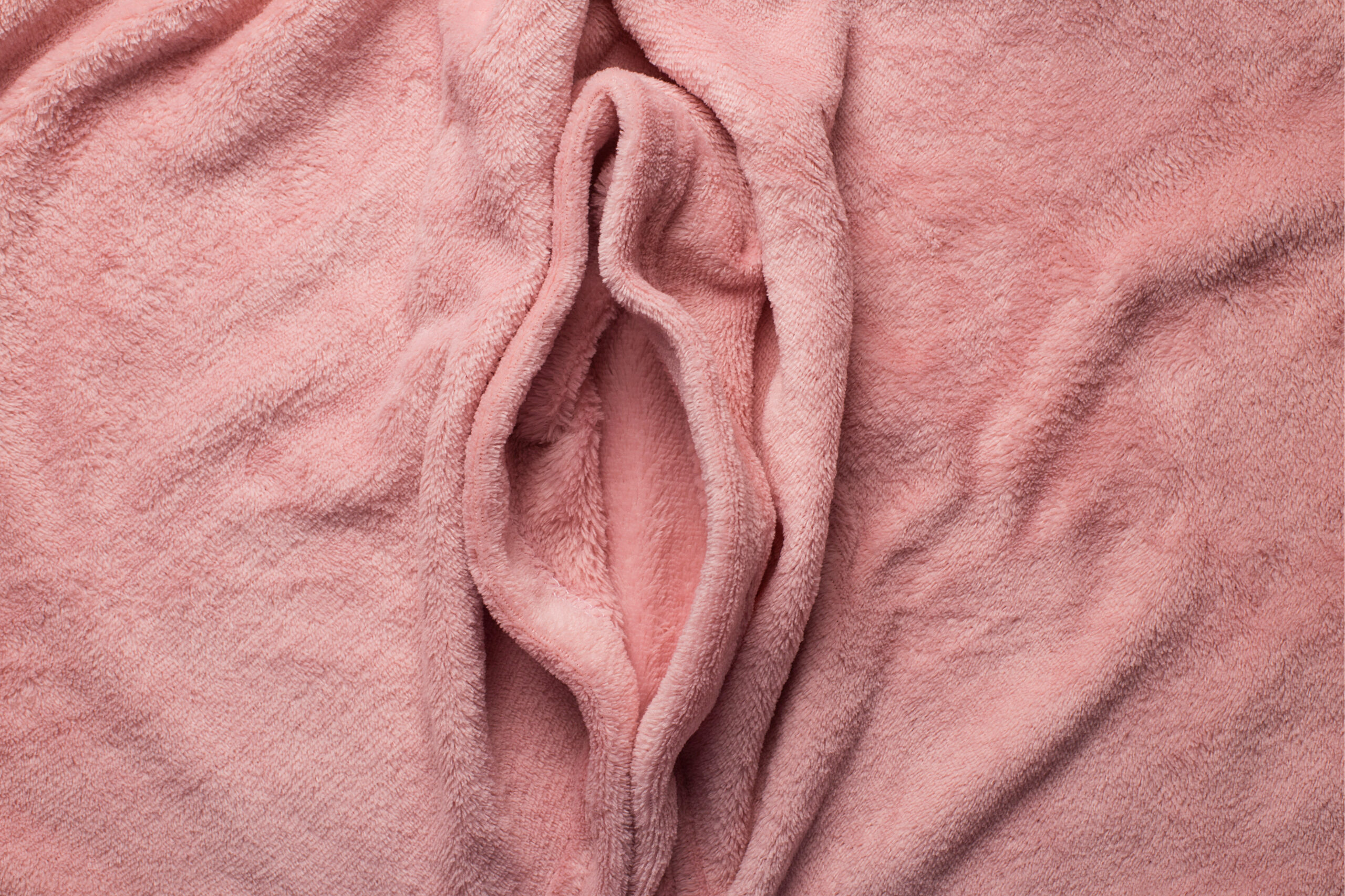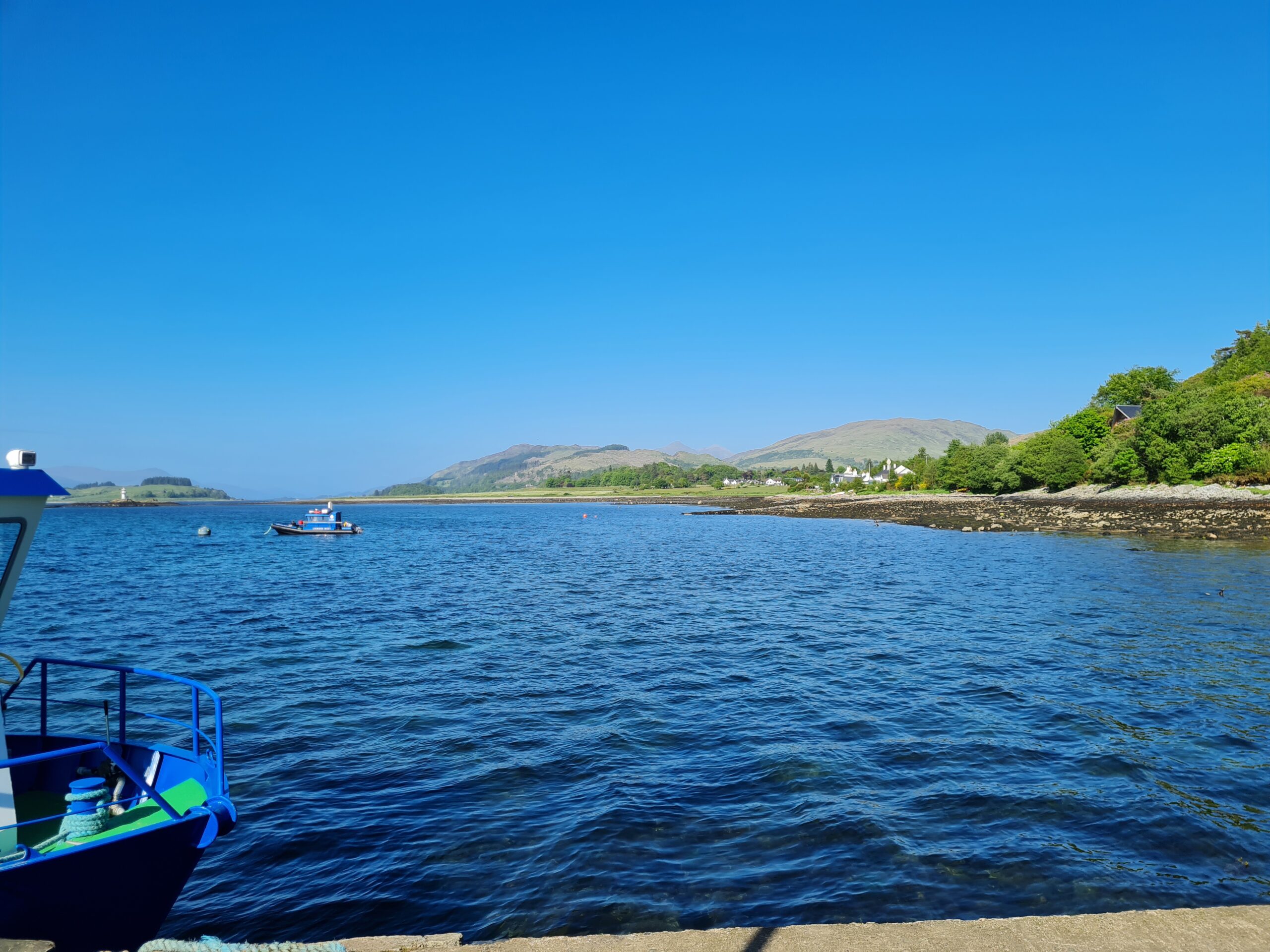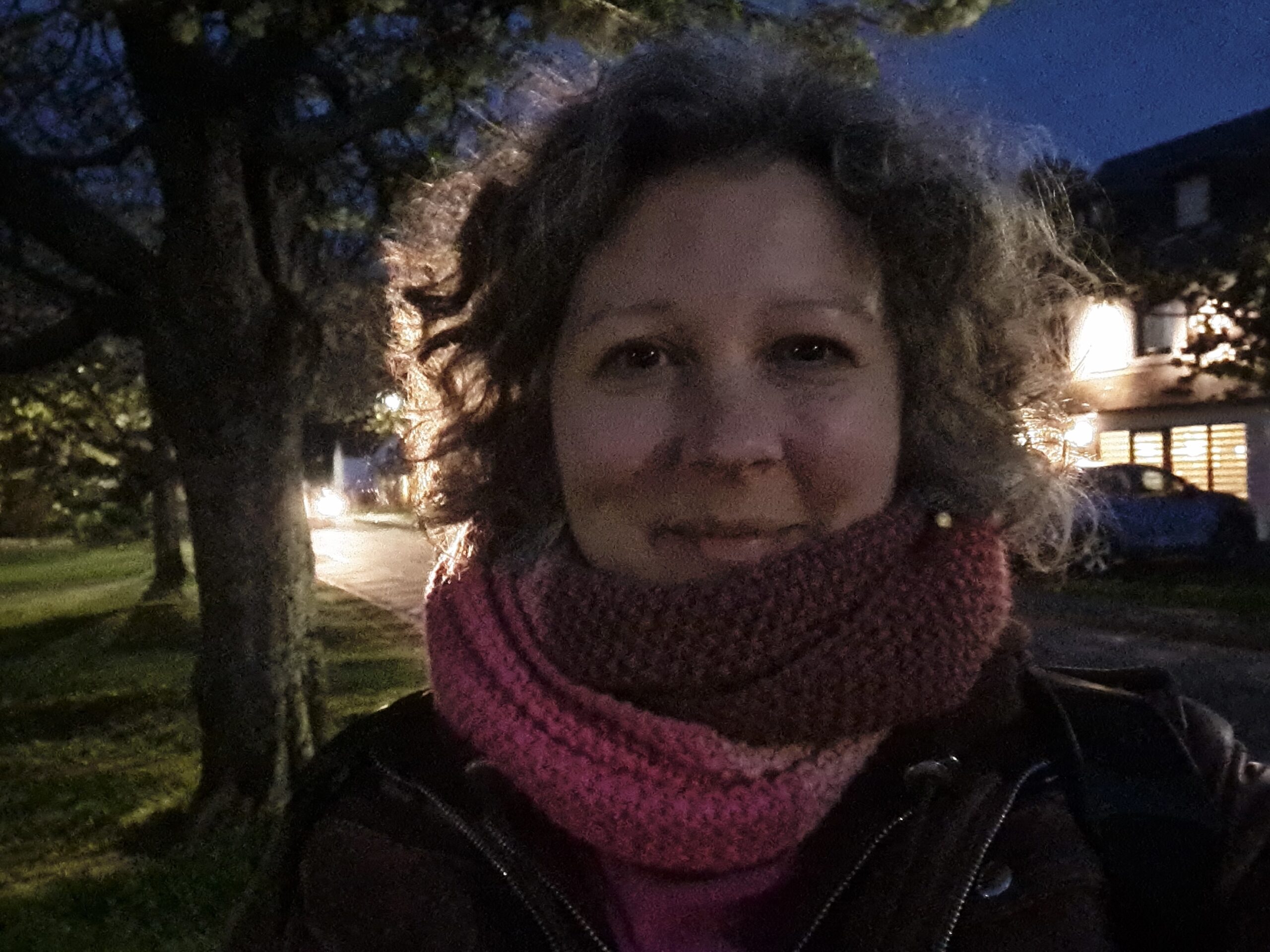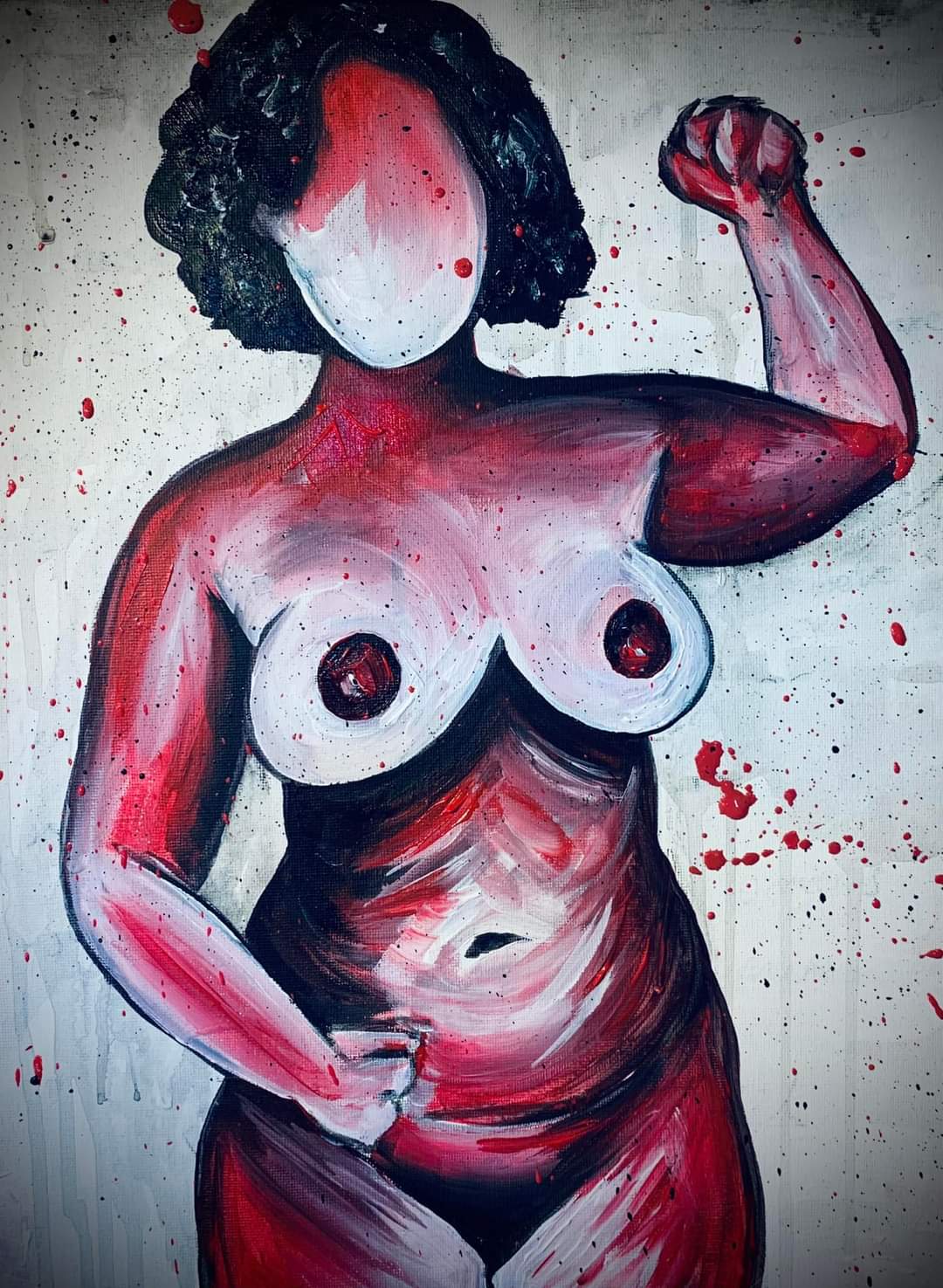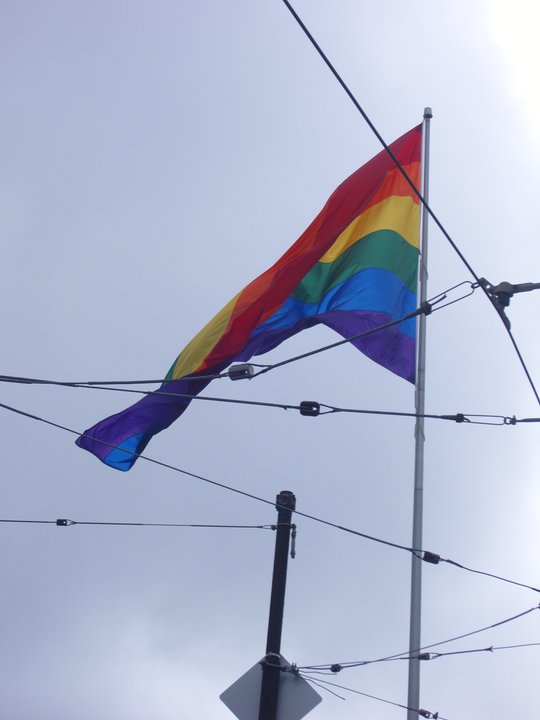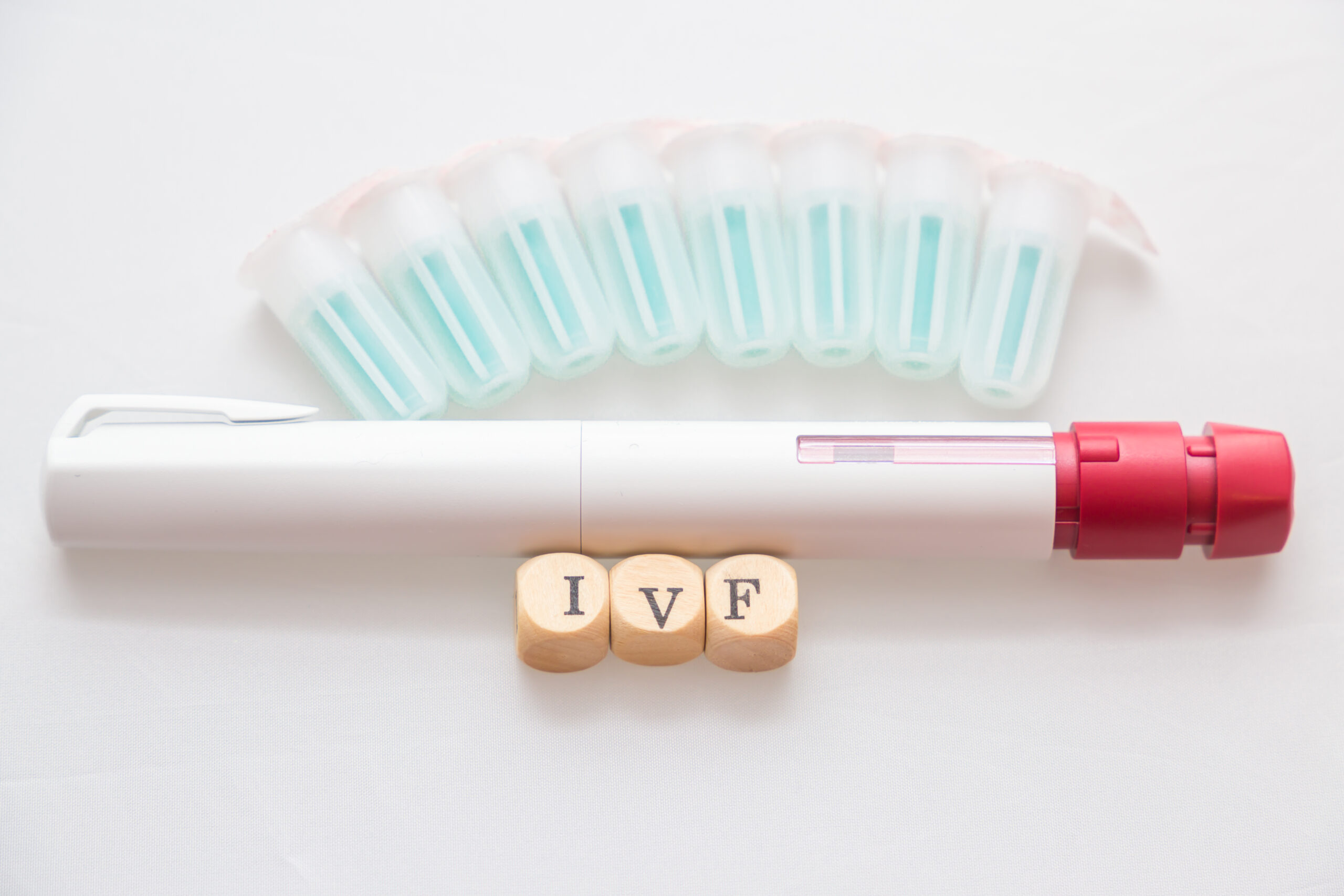L-E-S-B-I-A-N (Not a Dirty Word)
Say it, it won’t hurt you, and if you repeat it often enough, lesbian, lesbian, lesbian, you might just become one. Kidding. It’s not contagious.
Unless…
Still kidding.
Like many lesbians, my relationship to the word lesbian, is ambiguous, context-dependent, and in almost every instance, carefully considered before using it. As if women need any more reason to analyse and self-censor. Thank you, patriarchy, additional mental load is just what women need.
As a woman attracted to other women (not all women, relax will you?!), it is a strange paradox that we need the word to describe ourselves yet also feel ashamed, embarrassed or awkward about its use. Could there be any greater headf£ck than this when it comes to finding and building the loving relationships we seek. Pfft, the love that dare not speak its name.
When I was in my teens lesbian or its derivatives lez, lezzer, lemon, were used to insult and hurt any young girl who didn’t conform to society’s order of the day. Newsflash, that meant being pretty according to the male gaze, being a compliant good girl yet being available for boys, and not doing anything that might set you apart from your peers, much like things are today really, only with crimped hair.
In my twenties, I’d boldly proclaim “I’m gay” which was really an act of subservience to the patriarchy. Being gay still aligned me with men, but if I could rely on some gay men’s protection perhaps that was better than none at all (because you do know that neither of us is “the man” in a lesbian relationship, right?). Only when I was in what I considered to be lesbian-friendly territory would I open with “I’m a lesbian”.
I’d like to say that this has changed over time, and while it is true that in some ways it has, even today I find myself going through the mental gymnastics of working out if I have the energy for the declaration or not. Oftentimes, I can’t be bothered, but it bugs me enough that I thought to sit down and write about it. To get it out of my system, to say what I really think or feel about it. L-E-S-B-I-A-N, or, leasbach anns a ghàidhlig, not a word uttered in any Western Isles church I’ve ever head of, ach co-dhiù, where was I?
It seems like the times we are living in do require a certain reclamation of words, descriptions, places and spaces that once were more than clear. In my thirties, I rode the rollercoaster of same-sex and queer jargon designed to make us all feel equal and less stigmatised. Girrl, was I wrong about that! Laudable initial aim to make us all feel included but look where we’ve ended up?!
I kind of liked it back when people could disagree about their opinions, but the growth of the EDI industry, following the introduction of the Equality Act 2010, and the subsequent commercialisation of that once comforting, now infuriating, so-ubiquitous-it’s-almost-meaningless, rainbow flag has got me thinking that we need another turn of the revolutionary wheel and it won’t be found in the dilution of our words or language.
So now that I’m in my forties, here is my best effort at embracing the word L-E-S-B-I-A-N without giving any more air time to the numpties who’d like us to pretend we’re all equal people.
As far back as I can remember, I’ve been attracted to girls and women. To my mind, why wouldn’t I be? We are gloriously complex and emotional beings with a huge capacity for love, growth, overcoming challenges, and expressing ourselves in a world that would rather endorse our exploitation than end it. Whether you do an unfair share of domestic labour to further someone else’s career or lifestyle, or you’ve been at the extreme end of male violence, the patriarchal values and systems that perpetuate our suppression have no interest in making us feel comfortable about being exclusively attracted to other women. It is much, much easier for them to make us feel ashamed about being a lesbian.
So how do we counter such a negative and hostile backdrop?
- We write, we print t-shirts, we organise – see Get the L Out https://www.gettheloutuk.com/index.html
- We piss into the Highland wind of the internet in the hopes that someone reading this might stop and think, or better still, engage and learn. http://www.thehighlandfeminist.com or for the far better established https://afterellen.com/
- We take inspiration from the delightfully bold Lesbian Project https://www.thelesbianprojectpod.com/.
- We seek comfort in seeing Hollywood representations of ourselves on the screen, thanks Ilene, while ironically hitting refresh on our online dating apps more times than we’ve said the word L-E-S-B-I-A-N out loud. https://www.youtube.com/channel/UCHThghz8crtS0yvCrM1FSEg
- We believe in love, we love other women doing their thing, we try to catch the eye of a cute or interesting woman we’ve recently met, we support our lesbian friends and sisters through the ups and downs of life.
- We support one another to come out, to stay out, to not give up on love, to believe that in this country of 57 million people, 5-8% of those are lesbian, gay or bisexual, which must surely mean that there is someone for everyone, no matter how awkwardly small our dating pool is! Surely Doc Stock has done the analysis here. If not, please could someone tag her… (see The Lesbian Project above)
I digress once more, because there is so much to talk about and precious few places to do so, but now that I’ve reached the end of this piece, how’d I do? Have I exercised lesbian enough yet or have I been unclear?
L-E-S-B-I-A-N, a seven letter word to describe women who are solely attracted to women in all our glorious technicolour.
I’d say try it, but this club is an exclusive one 😉
